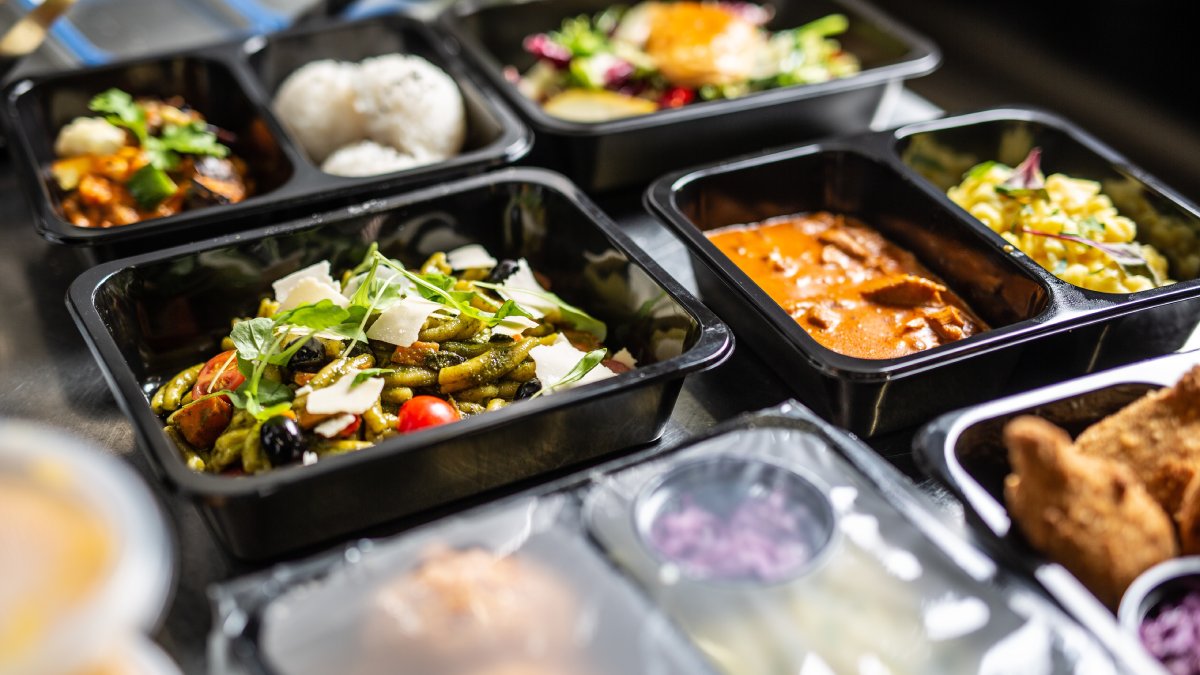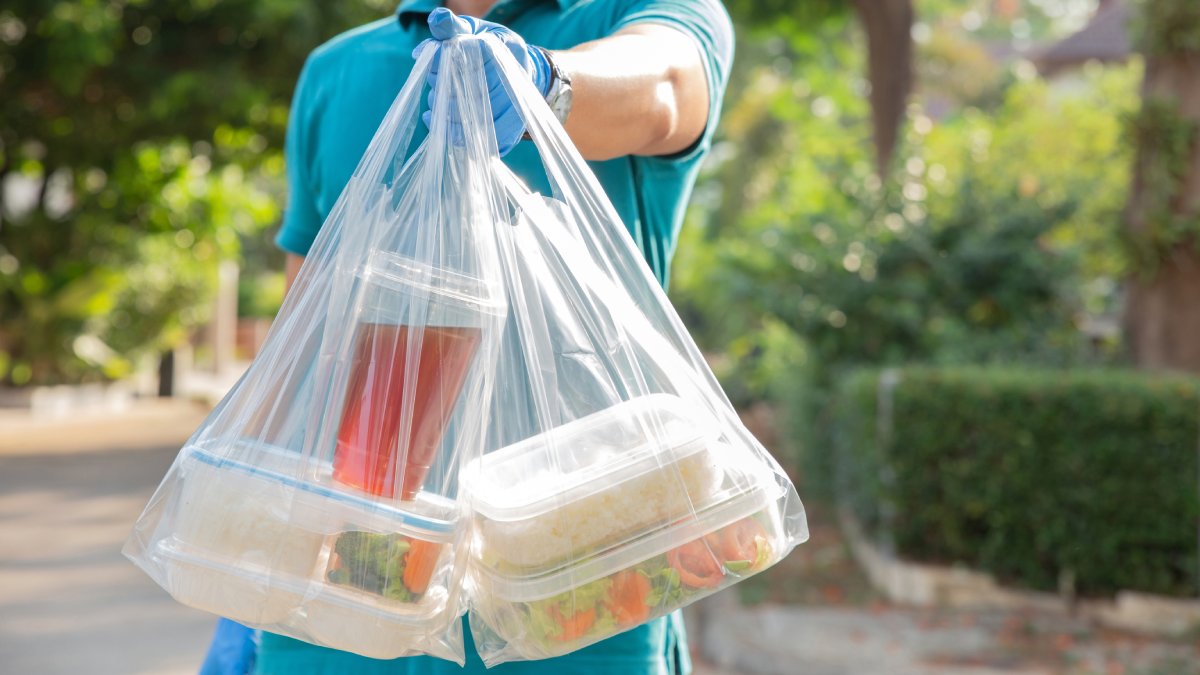Food Grade Plastic: Which Are the Safest Choice for Storage?
Selecting the right plastic for food storage is essential to ensure safety, preserve freshness, and avoid contamination. With so many types of plastics available, it can be challenging to determine which ones are truly food-grade and safe for everyday use. Read on to explore different types of food-grade plastic and learn which are the safest choices for storage.
Understanding Food-Grade Plastics
Food-grade plastics are materials that regulatory agencies, such as the Food and Drug Administration (FDA), deem safe for food contact. These plastics do not contain harmful chemicals that could leach into food. The food processing industry uses food-grade plastics in a variety of applications, including containers, wraps, and bottles. Their resistance to heat, chemicals, and physical stress generally indicates their safety. It’s important to recognize the symbols and codes associated with food-grade plastics to ensure you’re using the safest options for storage.
Polyethylene Terephthalate (PET or PETE)

Polyethylene terephthalate, commonly known as PET or PETE, is one of the most widely used food-grade plastics. You can find it in water bottles, salad dressing containers, and other single-use packaging. PET is lightweight, transparent, and impact-resistant, making it ideal for storing liquids and other perishable items. Additionally, PET is recyclable, which makes it an environmentally friendly option. This plastic is safe for single-use applications, but you should not reuse it multiple times as it can degrade and potentially release chemicals.
High-Density Polyethylene (HDPE)
High-density polyethylene, or HDPE, is another popular choice for food storage. Known for its durability and strength, manufacturers use it to create milk jugs, juice bottles, and cereal box liners. HDPE is resistant to moisture and chemicals, preserving food’s freshness. This plastic is also BPA-free, making it a safe choice for long-term food storage. Food processing plants and individuals can reuse and recycle HDPE, adding to its appeal as a food-grade material. Its versatility makes it a top choice for many food storage needs.
Low-Density Polyethylene (LDPE)
Low-density polyethylene, or LDPE, is a flexible and lightweight plastic commonly used for food storage bags, bread bags, and plastic wrap. LDPE is resistant to moisture and does not react with food, making it safe for a variety of uses. Although LDPE is not as strong as HDPE, its flexibility makes it ideal for wrapping and covering food items. LDPE is also recyclable, although its recycling rate is lower compared to other plastics. Ensure you keep LDPE food storage containers away from high heat to avoid melting or deformation.
Polypropylene (PP)
Polypropylene, or PP, is known for its toughness and resistance to heat. Some common uses for this food-grade plastic are as yogurt containers, margarine tubs, and reusable storage containers. PP is microwave-safe, making it a convenient choice for reheating leftovers. Additionally, PP is resistant to oil and chemicals, maintaining the quality of stored food. Polypropylene is one of the safest food-grade plastics, as it does not release harmful chemicals when exposed to heat. Its durability and reusability make it a practical option for everyday food storage.
Polycarbonate (PC)
Polycarbonate, or PC, is a strong and impact-resistant plastic manufacturer often used to make large water bottles and some food storage containers. However, polycarbonate has raised concerns due to its potential to release Bisphenol A (BPA), a chemical linked to health risks. While BPA-free alternatives are available, polycarbonate is generally less safe for food storage compared to other plastics. Look for products specifically labeled as BPA-free if you choose to use polycarbonate containers. Alternative food-grade plastics, such as HDPE or PP, are safer choices.
Polyvinyl Chloride (PVC)
Polyvinyl chloride, or PVC, is a versatile plastic used in food packaging, cling wraps, and some containers. However, many regulatory bodies do not recommend using PVC for direct food contact containers due to the potential release of harmful chemicals, particularly when exposed to heat. PVC can contain phthalates, which are chemicals used to make the plastic flexible. These chemicals can leach into food, especially fatty or acidic items. While PVC has some applications in food packaging, it’s generally best to avoid using it for food storage. Safer alternatives, such as PET and PP, are preferable.
Polystyrene (PS)
Polystyrene, or PS, is a lightweight, rigid plastic common in disposable cups, plates, and food trays. While PS is cost-effective and convenient, it is not the safest choice for food storage. Polystyrene can release styrene, a chemical that has been linked to health risks, especially when exposed to heat. Additionally, PS is not biodegradable and has limited recycling options. For these reasons, it’s advisable to limit the use of polystyrene for food storage and opt for safer alternatives such as LDPE or PP.
Polylactic Acid (PLA)

Polylactic acid, or PLA, is a biodegradable plastic made from renewable resources such as corn starch or sugarcane. Manufacturers use PLA to create disposable food containers, utensils, and cups as an eco-friendly alternative to traditional plastics. While PLA is compostable under industrial conditions, it may not break down as easily in home composting systems. Additionally, PLA is not suitable for high-temperature applications, as it can warp or melt. Despite these limitations, PLA is a safer choice for single-use food storage, particularly for those wanting to reduce their environmental impact.
Silicone
Silicone is a synthetic material that offers many food storage benefits, particularly for its heat resistance and flexibility. Unlike traditional plastics, silicone does not release harmful chemicals when exposed to high temperatures, making it safe for microwave, oven, and freezer use. Many companies use silicone for reusable food storage bags, baking mats, and collapsible containers. Its durability and ease of cleaning make it a practical choice for long-term use. Silicone is also non-reactive, meaning it won’t absorb odors or flavors from food, ensuring your food stays fresh and safe.
Biodegradable Plastics
Biodegradable plastics break down more quickly than traditional plastics, often through the action of microorganisms. These plastics consist of renewable resources; manufacturers use them for products such as disposable food containers and packaging. While biodegradable plastics are a step toward reducing plastic waste, their effectiveness depends on the conditions in which manufacturers, companies, and individuals dispose of them. Some biodegradable plastics require specific industrial composting facilities to break down fully. As with PLA, biodegradable plastics can be a safer choice for food storage, provided you properly use and dispose of them.
The Versatility of PET Plastic Cups
PET plastic cups are among the safest and most versatile options available when it comes to food-grade plastics. Many recognize PET for its safety in single-use applications, such as in beverage containers and takeout packaging. PET plastic cups are lightweight, durable, and resistant to impacts, making them ideal for storing both liquids and solids. Moreover, they are recyclable, contributing to environmental sustainability. PET plastic cups offer a reliable and safe choice that aligns with modern consumer needs, particularly for beverages or other perishable items.
Now that you know which food-grade plastics are the safest choices for storage, you can make informed decisions about which materials are safest for storing your food. Prioritizing safety and sustainability in your food storage practices will protect your health and contribute to a more environmentally conscious lifestyle.
Recent Posts
-
Why Portion Cups Are Essential for Condiments
Condiment service can make or break the dining experience at your restaurant or catering event. Why …Dec 18th 2025 -
Pros and Cons of Cardboard Catering Boxes
Selecting the right packaging is a fundamental decision for any catering business. The containers yo …Dec 11th 2025 -
How To Choose the Best Aluminum Foil Containers for Food
Selecting the right containers for your restaurant or catering business affects everything from food …Dec 10th 2025




